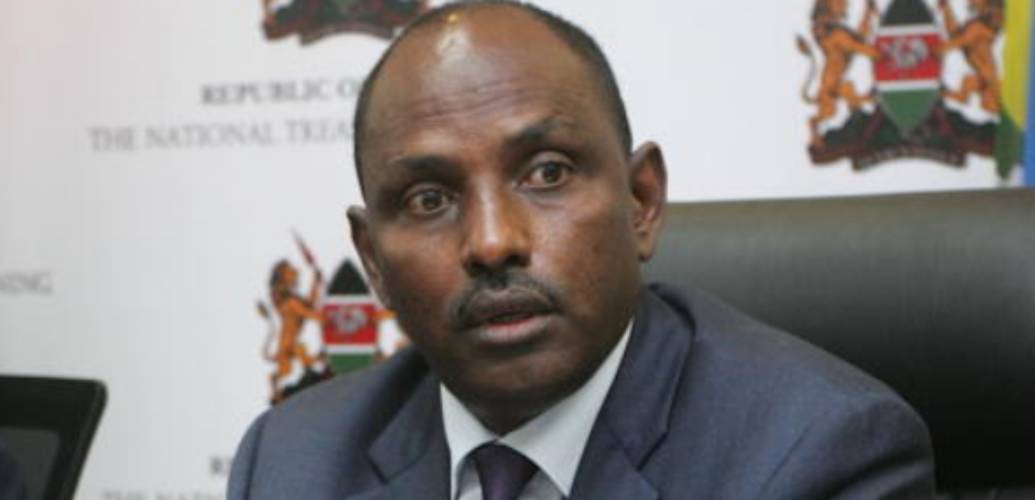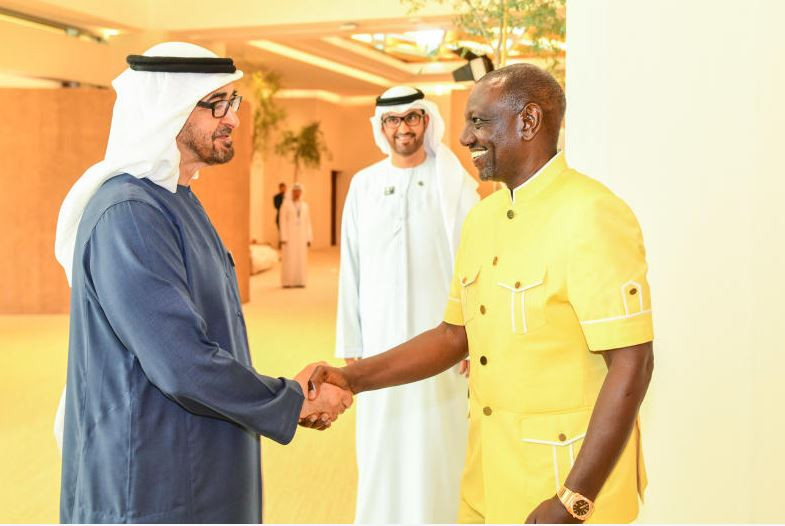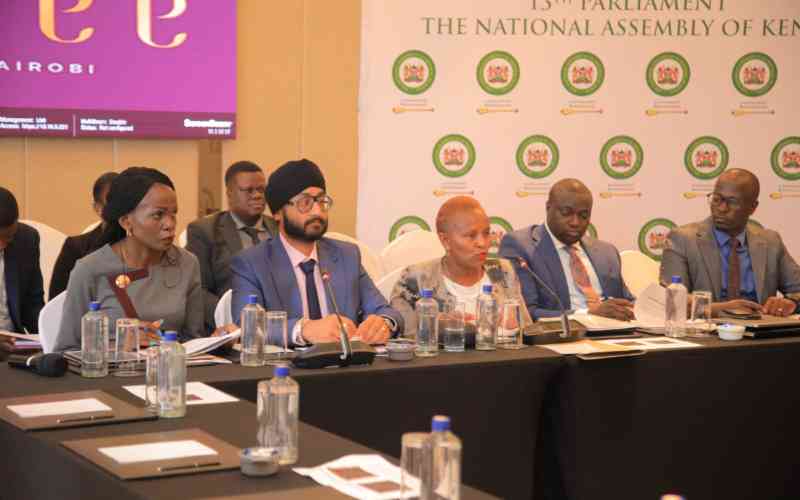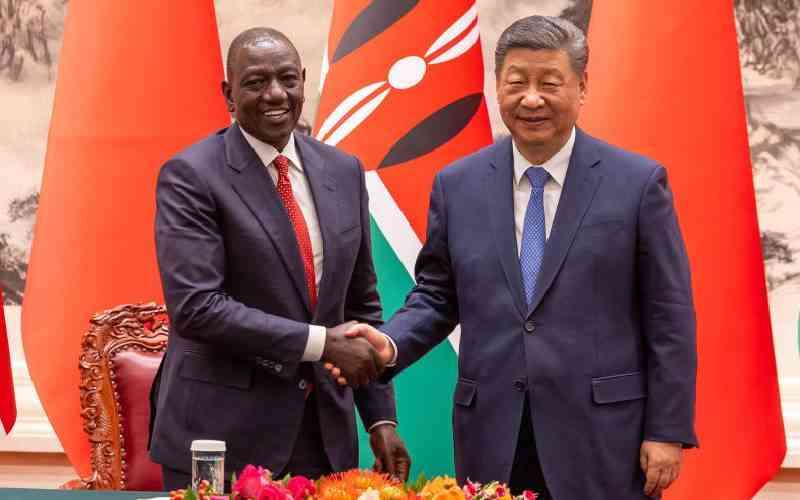×
The Standard e-Paper
Smart Minds Choose Us

The government is in the final stages of establishing a carbon trading system that will minimise emission of greenhouse gases by companies through incentives.
National Treasury Cabinet Secretary Ukur Yatani said the State is finalising the establishment of the Kenya Emissions Trading System (KETS) which will oversee the trading.







